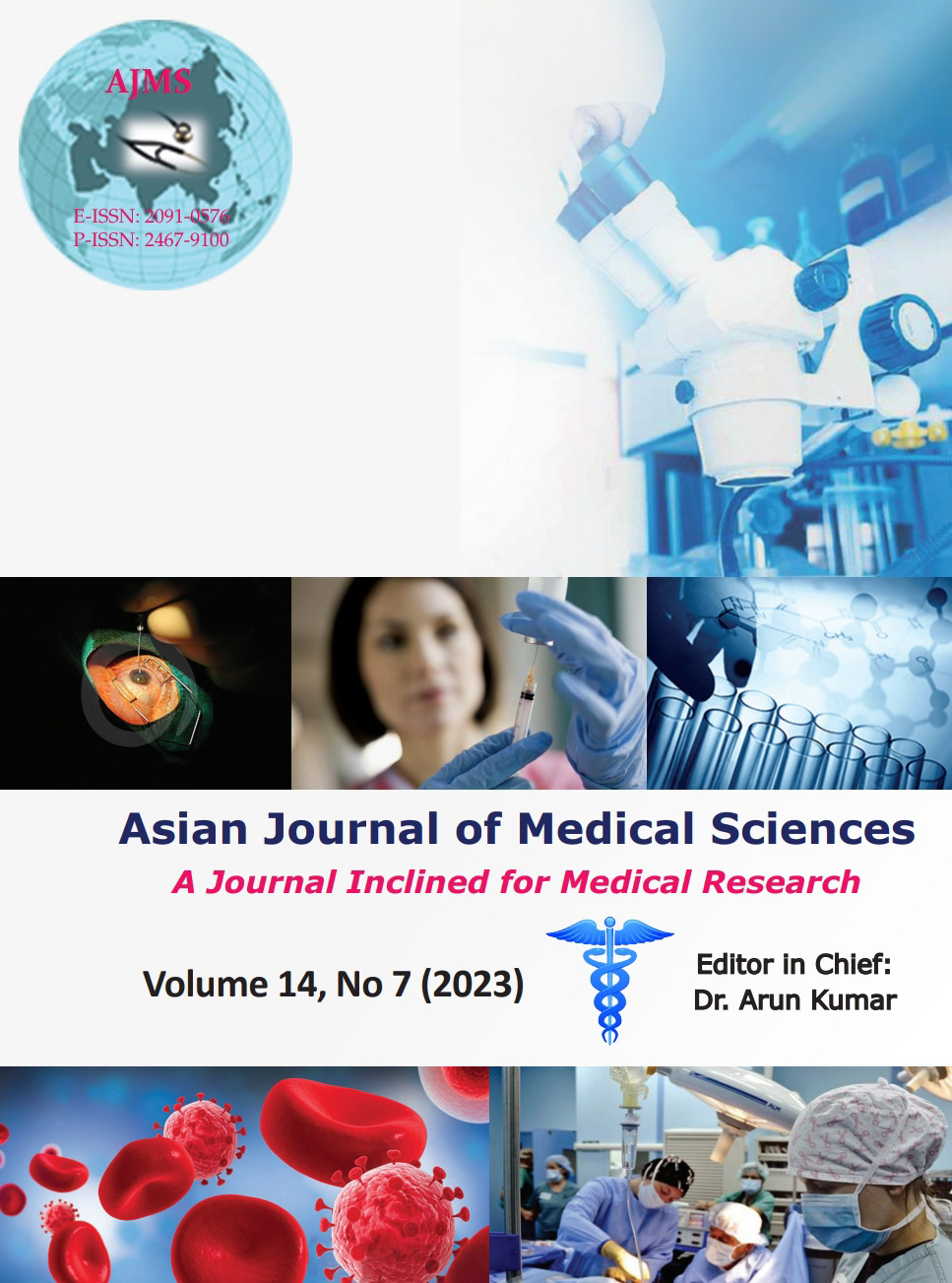Change in the quality of life in the patients of laryngeal and pharyngeal carcinoma after receiving radiation therapy: A prospective and observational study
Keywords:
Quality of life; Laryngeal cancer; Pharyngeal cancer; 2D technique; TelecobaltAbstract
Background: The quality of life (QoL) of laryngeal and pharyngeal carcinoma patients is influenced by the side effects of treatment affecting functions such as swallowing, feeding, and speech, more so following conventional radiation using 2D technique.
Aims and Objectives: This study was undertaken to determine the change in QoL of laryngeal and pharyngeal cancer patients after radiation using 2D technique in a Telecobalt unit in a resource constrained peripheral institution.
Materials and Methods: In this prospective, observational, and single institutional study, fifty-one larynx and pharynx cancer patients were treated with radiation/chemoradiation in telecobalt unit using conventional 2D technique. QoL was evaluated using European Organisation for Research and Treatment of Cancer Quality of Life (EORTC QLQ) C30 and EORTC QLQ Head and Neck Module (HN43) pre-validated and locally adapted questionnaires at pre-treatment, immediately, 3 months and 6 months after radiation. The difference between the scores at different time points was verified using Friedman’s non-parametric test.
Results: Of the 46 evaluable patients, 71% were male with median age of 56.5 years, median follow-up of 8 months; 15 patients (32%) had Stage II disease and 78% of patients received concurrent chemotherapy. There was statistically significant deterioration of global health status and functional scales immediately after radiation. All the symptom scales of QLQ C30 and QLQ HN43 except neck swelling showed significant worsening at the end of radiation. After 6 months, the Global health status and all functional scales showed statistically significant improvement. Most symptom scales of QLQ C30 (except appetite loss and fatigue) were statistically significantly improved. At the end of 6 months, most of the symptoms showed significant improvement reaching pre-treatment values. There were however worsening of symptoms such as dry mouth, sticky saliva, and mouth opening.
Conclusion: Laryngeal and pharyngeal carcinoma patients suffered from a deterioration of QoL after radiation. Six months later, most of the QoL scales showed a statistically significant improvement. These negative impacts on QoL can be reduced by use of newer techniques of radiation therapy such as 3D conformal radiotherapy, intensity-modulated radiation therapy, and image-guided radiation therapy.
Downloads
Downloads
Published
How to Cite
Issue
Section
License
Copyright (c) 2023 Asian Journal of Medical Sciences

This work is licensed under a Creative Commons Attribution-NonCommercial 4.0 International License.
Authors who publish with this journal agree to the following terms:
- The journal holds copyright and publishes the work under a Creative Commons CC-BY-NC license that permits use, distribution and reprduction in any medium, provided the original work is properly cited and is not used for commercial purposes. The journal should be recognised as the original publisher of this work.
- Authors are able to enter into separate, additional contractual arrangements for the non-exclusive distribution of the journal's published version of the work (e.g., post it to an institutional repository or publish it in a book), with an acknowledgement of its initial publication in this journal.
- Authors are permitted and encouraged to post their work online (e.g., in institutional repositories or on their website) prior to and during the submission process, as it can lead to productive exchanges, as well as earlier and greater citation of published work (See The Effect of Open Access).




